





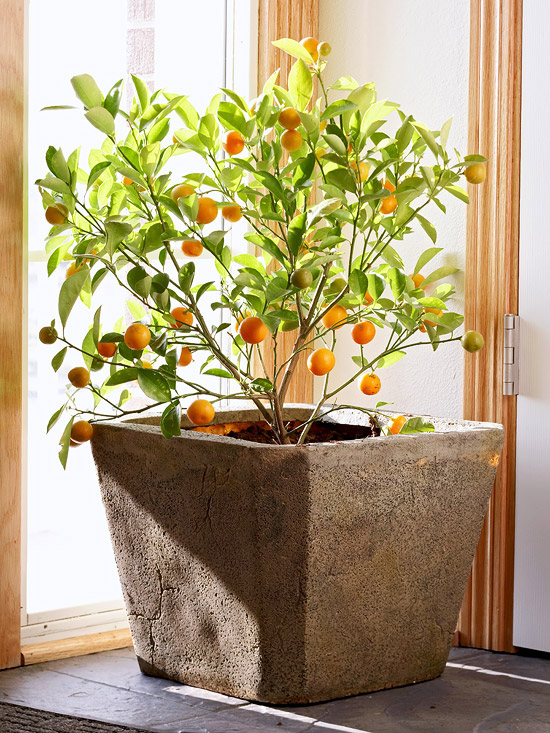
Location, location, location. Just as with real estate, location means everything to your indoor plants. Learn what kind of light requirements your plants want and give it to them. African violets prefer bright but indirect light, for example, so don't place them in a full-sun, south-facing window. Crotons stay alive in shade, but their vibrant colors won't pop unless they're in bright light.
Before you select a houseplant, read the tag. If you live in a dark basement, don't buy a full-sun plant unless you plan to add special plant lights (not just regular overhead bulbs or fluorescent tubes).
Learn more about plant grow lights.
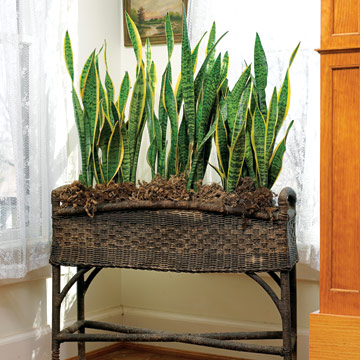
Think about your decorating style when adding plants. If you have a tropical decorating scheme, consider tropicals. Use cacti with southwestern style decor. Try a tall, upright Sansevieria trifasciata (often called snake plant) for impact in a contemporary setting. Cottage styles call for flowers such as African violets, flowering maples (Abutilon hybrids), or plants with colorful leaves, such as Rex begonias.
Use our Houseplant Finder!
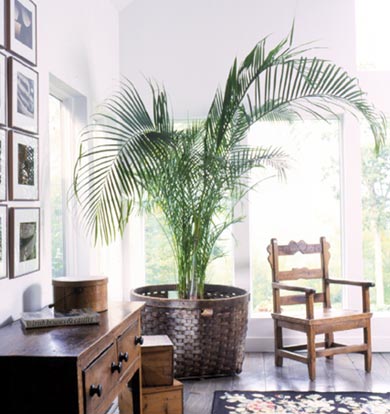
Size matters. Yes, a kentia palm may look stunning at the doctor's office, but imagine placing a tree that can get 10 feet tall and wide in your living room. Maybe your space can handle that, but if not, consider a different plant -- perhaps an areca palm that only has 3-foot fronds. Conversely, if you have a large space and add a single pot of philodendron, it won't have the impact you desire. Do your research and determine how large a plant can get indoors before purchasing it.
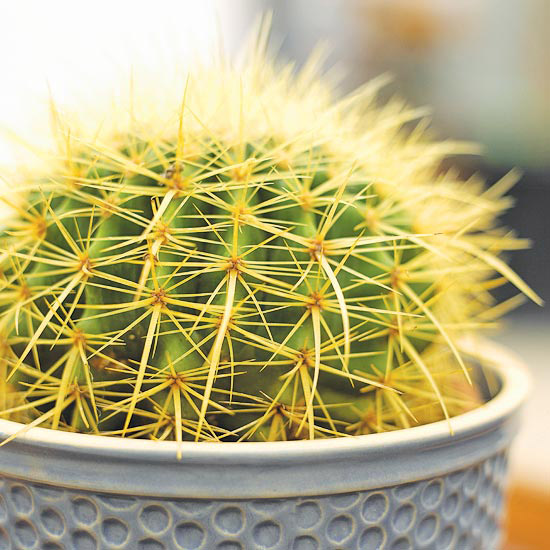
Know your caretaking style. Are you a chronic waterer, ready to douse your plants every day? If so, find a plant that likes to be moist most of the time, such as a dwarf papyrus. On the other hand, if your style is benign neglect, invest in a cactus or air plant. In general, most houseplants like their soil thoroughly moistened and not watered again until the soil has gone almost dry. Stick your finger below the surface of the soil to check moisture levels, or buy a moisture-reading meter.
Test Garden Tip: We've discovered from our readers that more plants actually die from overwatering than underwatering.
Check out these houseplants you can forget to water!
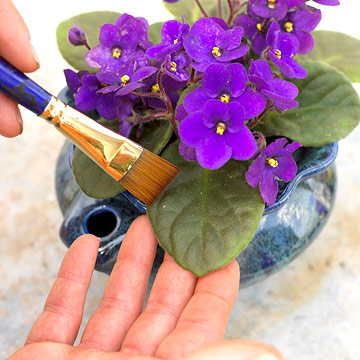
Groom for good looks. A pitiful-looking houseplant looks immediately better if you spend some time removing old, dead leaves or blooms. You may need to use scissors or floral snips to do the job. Also, dust can clog the stomata (which the plants use to breathe) on the leaves, preventing air exchange, so employ a feather duster or soft, dry cloth to keep leaves shiny and clean. Or, put your plants in the sink or shower periodically, and rinse them off with room-temperature water.
Each time you water your plants, give them a quarter turn so all parts of the plant have access to light. The only exception is moth orchids (Phalaenopsis hybrids); if you turn them while their bloom stems are growing, the stems become crooked.
Copyright © www.100flowers.win Botanic Garden All Rights Reserved